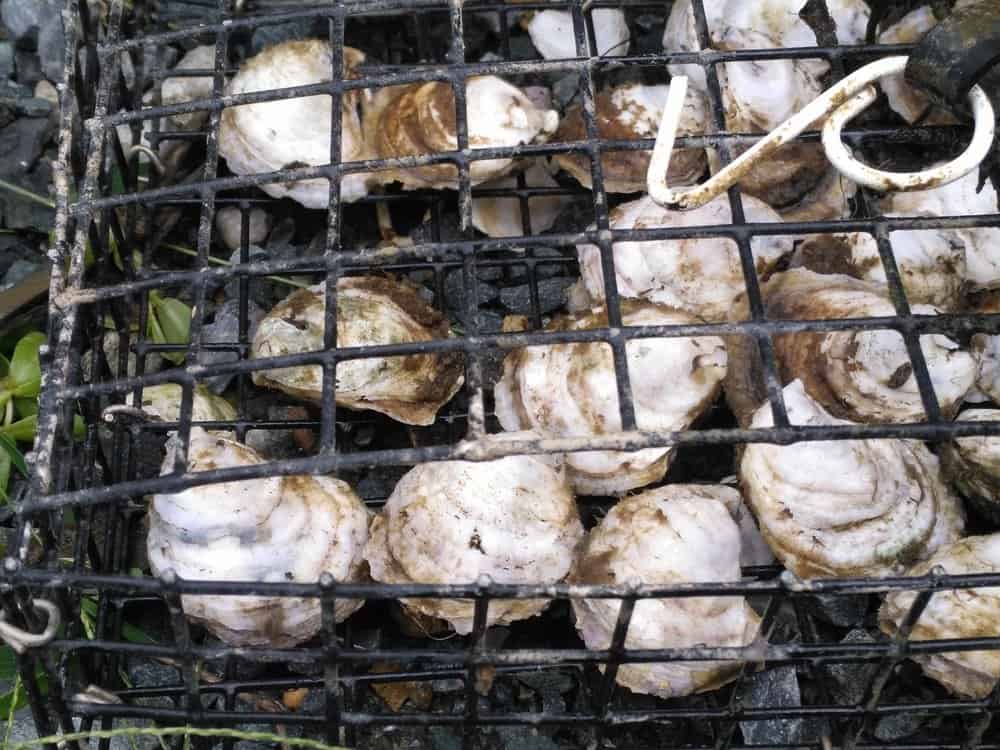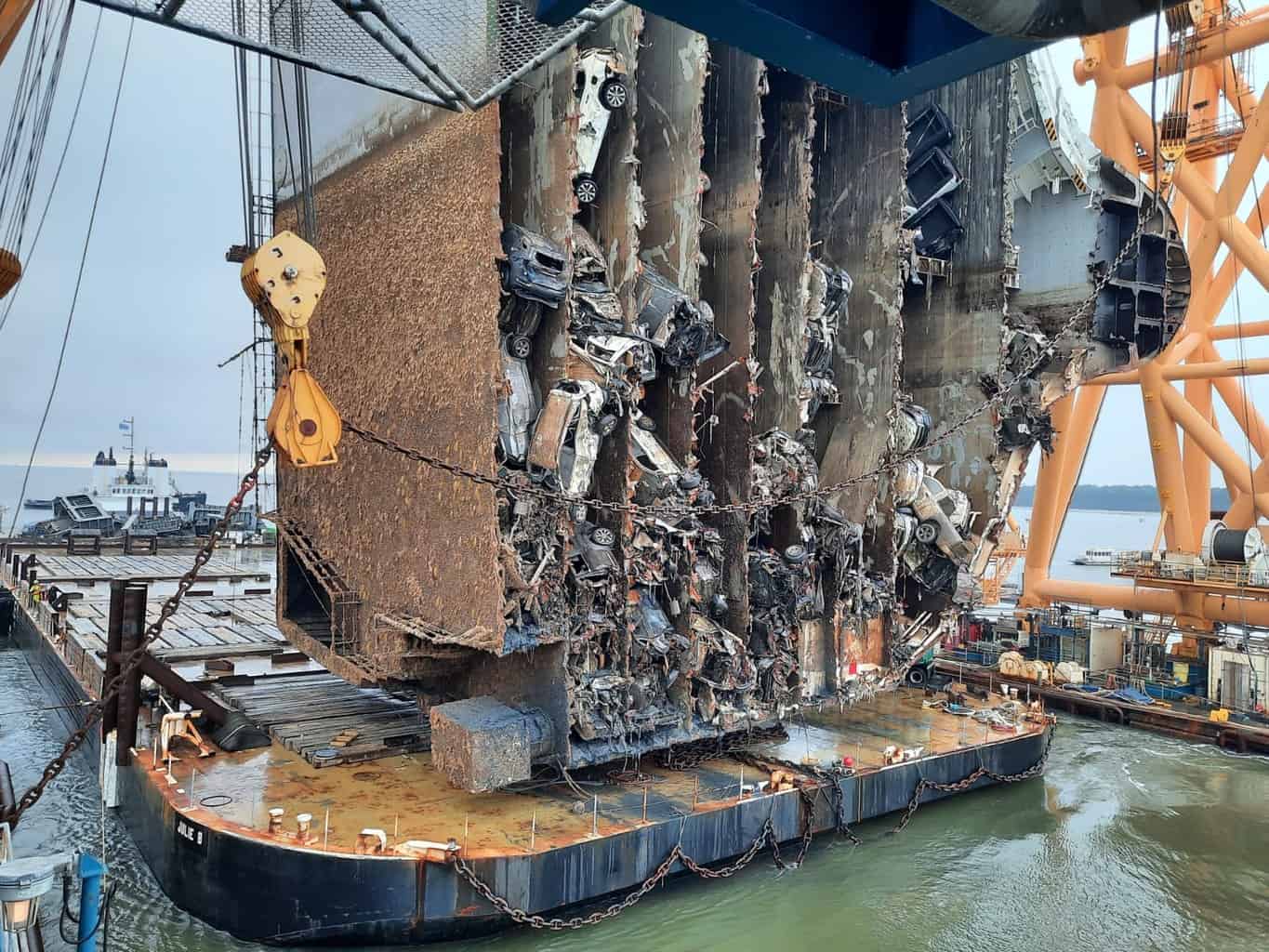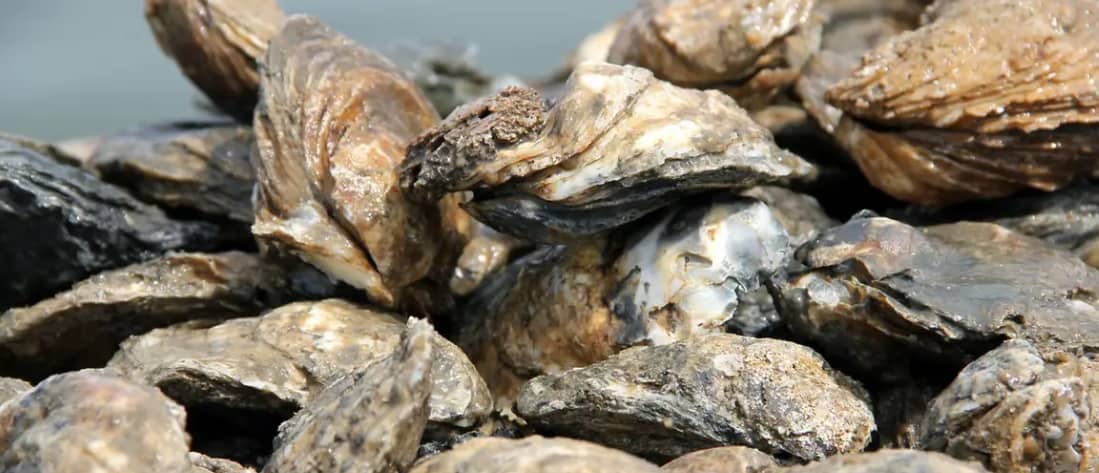Where do babies come from? It’s an awkward question, but when you’re talking about oysters, the answer is, very often, Cambridge, Maryland.
Believed to be the largest hatchery of Eastern oysters in the world, Horn Point Oyster Hatchery in Dorchester County supplies farm-raised oysters to environmental groups like the Oyster Recovery Partnership, and also to private growers. Horn Point is an extension of the University of Maryland, and actively researches the cutting edge in aquaculture and oyster cultivation.
The center offers workshops and consultations to give potential oyster farmers hands-on experience with the latest equipment and techniques. A workshop was underway when Bay Bulletin visited this week. And there are more start-up oyster farms on the Bay now than ever before.
In 2008 and 2009, the Maryland Aquaculture Coordinating Council made drastic changes to the state’s waterway leasing laws in order to allow more private individuals to grow shellfish in government-owned water. “We basically ripped up 32 pages of laws,” said University of Maryland Extension Regional Specialist Don Webster.
With more opportunities for leases, budding aquaculture business owners rely on Horn Point to get their oyster farms started. The hatchery takes care of the entire oyster reproduction process, from prompting them to spawn to sending them out into the water.
Webster explained that adult oysters are generally brought inside the facility in January to begin the spawning process. The water temperature is raised slowly over a couple of months in order to prepare the oysters’ reproductive cycles.
“What that does is it tells the oysters springtime is coming,” Webster said.
As the oysters begin producing sperm and eggs, they must be kept close together for the best results, Webster said.
The larvae undergo a metamorphosis and grow a single eyespot and kind of foot to probe their surroundings with. “What it’s looking for is calcium, I.E. other oyster shells,” Webster said. Once this process begins, the larvae must be set in order to begin growing.
 Photo: Charlie Youngmann
Photo: Charlie Youngmann
Seed Manager Stacy Willey demonstrated the setting of oyster larvae into a downweller, a recirculating system that runs temperature-controlled, filtered river water over the oysters as they grow. Eyed oyster larvae are gently pushed down by the water and encouraged to attach to a finely ground cultch, or mixture of shells rich with calcium. From there, the larvae become spat. The oyster spat are sifted and sorted periodically in order to keep oysters of about the same size grouped together.
Horn Point staff and interns even grow the four different species of phytoplankton used to feed the freshly spawned oysters, Willey said.
Once the oysters have become large enough, they graduate to floating cages outside. Demonstration Farm Manager Shannon Hood explained there are several different oyster cage setups that farmers can use.
Which is most effective depends entirely upon the water and weather conditions where the shellfish are being grown. An OysterGro cage system can be flipped and even sunk into the water in poor weather conditions while a stacking tray system is the best bet for growing oysters in deeper areas. Oysters can even be cultivated in something as simple as a mesh bag secured to a rebar rack, Hood said.
Oyster cultivation is by no means a new practice. “There’s been ongoing research since back in the 1800’s,” Webster said. “Every year you see this evolution of new ways to do things and better ways to do things.”
Webster and his team are committed to rebuilding the Bay’s oyster population– Not just for the sake of keeping the lights on in their lab, but to use the natural filtering capabilities of oysters to improve the overall quality of their home in the Chesapeake.
“Oysters will tell you things,” Webster said. “You have to be smart enough to talk their language and listen to them.”
-Charlie Youngmann




